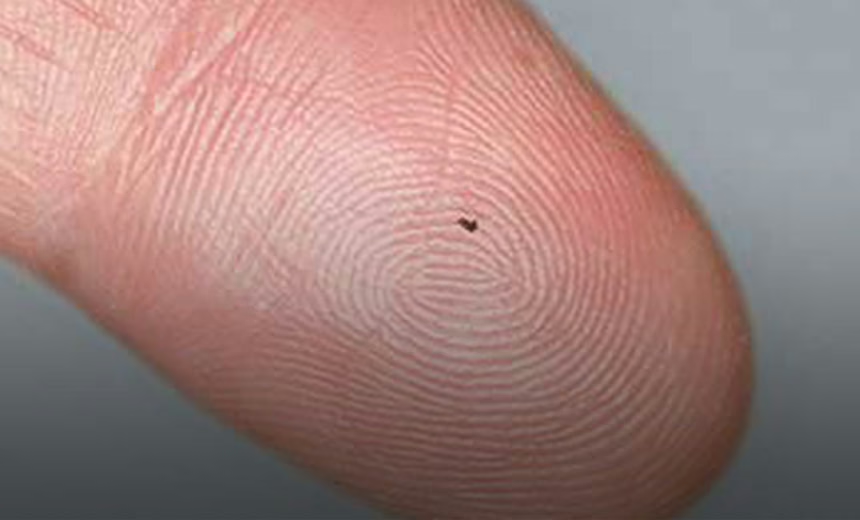Subscribe to eyeMatters periodic news
"*" indicates required fields
10 common questions about the iStent inject for glaucoma

Q1. What does the term MIGS refer to?
Minimally invasive glaucoma surgery (MIGS) is a revolutionary new glaucoma treatment. This term refers to any surgery that involves creating a tiny incision to implant a microscopic device (e.g. the iStent inject) and help reduce pressure inside the eye. MIGS procedures have a low risk of complications.
Q2. What is the iStent inject?
The iStent inject is a second-generation device used in some MIGS procedures (the first generation of the device was called the iStent).
The iStent inject has been available in Australia since 2014 and consists of two very small, titanium stents (less than 0.5 mm) that are surgically implanted into the trabecular meshwork (the tissue that drains fluid away from the eye). The stents create tiny channels that fluid can drain through, which helps to lower eye pressure. Following the surgery, most patients are able to stop or reduce the number of eye drops they use to treat their glaucoma.
Q3. What is your experience with the iStent and iStent inject?
In 2013, I undertook specialist training in MIGS procedures as part of my fellowship at the prestigious Moorfields Eye Hospital in London. I have been performing the iStent procedure in Melbourne for the past three years.
Q4. Who can receive the iStent inject?
MIGS procedures (including the iStent inject), are generally reserved for patients with stable, mild-to-moderate glaucoma and who do not require complex surgery. At this stage, the iStent inject can only be implanted in glaucoma patients who are also undergoing cataract surgery (i.e. it is a combined procedure).
Q5. How much does it cost?
Fortunately, in Australia the iStent inject device is covered by health funds for those who are privately insured. These patients only need to cover the small implantation fee.
Q6. How effective will it be long term?
The published data over the last 5 years has shown that the iStent inject system is effective at lowering eye pressure. However, it is a new device, so we simply don’t know how effective any MIGS device will be in 15–20 years’ time.
Glaucoma is a progressive disease – if your current treatment(s) stops working and your eye pressure starts to rise again, other options are available.
Q7. Can the device dislodge in the eye?
Dislodgement of a trabecular stent is a rare complication following surgery. During the seven years that I have been working with the iStent, I have not seen this complication. So far, all of the devices that I have implanted have stayed in place.
Q8. Are there any other risks involved?
Because this is a minimally invasive procedure, the risk of complications is low.
In some cases, there is a small bleed in the eye that resolves within a week. On rare occasions, the eye pressure can rise for a few days after surgery, but this can be treated effectively with additional eye drops.
The device will not interfere with MRI scans and will not cause any issues with airport scanners.
Q9. Can the iStent inject be combined with other treatments?
Yes, it can. At the moment, the iStent inject is available in combination with cataract surgery, as well as a stand-alone procedure.
I have safely combined iStent implantation with laser cataract surgery and premium intraocular lenses for optimal visual outcomes.
Q10. What does the procedure itself involve?
The procedure is very quick. Through a mini-incision (2mm) in the front of the eye, a special surgical instrument is used to implant the stent into the drainage tissue. A second stent is implanted in a different area of the tissue, before the instrument is removed from the eye. In experienced hands, the iStent inject takes roughly two minutes to insert.
Glaucoma treatment is offered at our clinics in NSW, VIC and SA.
The information on this page is general in nature. All medical and surgical procedures have potential benefits and risks. Consult your ophthalmologist for specific medical advice.
Date last reviewed: 2024-04-18 | Date for next review: 2026-04-18

